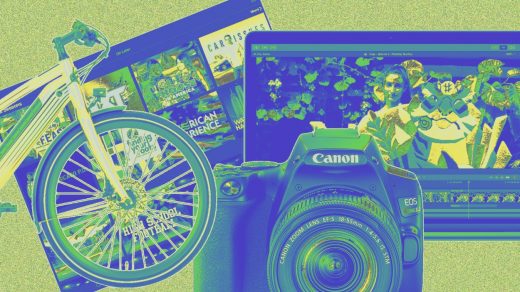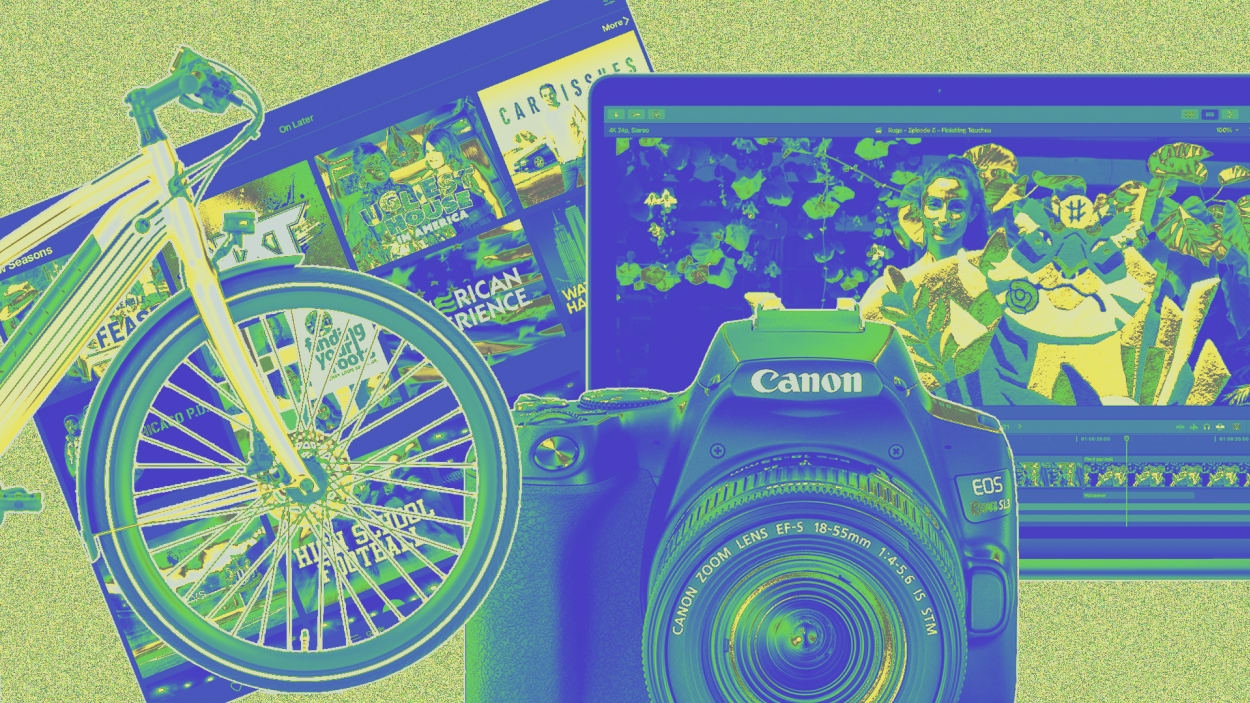9 tech products I found essential in 2022—from a Mac to a bike
Full disclosure: What follows is not a list of the best new products of 2022. Such roundups are all very well, of course. But unless your budget for hardware and software is unlimited, there’s nothing better than already owning something that’s still so useful that you’re in no hurry to replace it. And in 2022, I was pretty pleased with much of the tech in my life.
With that in mind, only some of the items on this list are new, or at least newly updated. You’ll also find one I bought used and another that was discontinued after I purchased it in 2020. They’ve all helped keep me productive and happy over the past 12 months—and I bet most of them will still be in my toolkit when 2024 is upon us.
MacBook Air with M2 chip
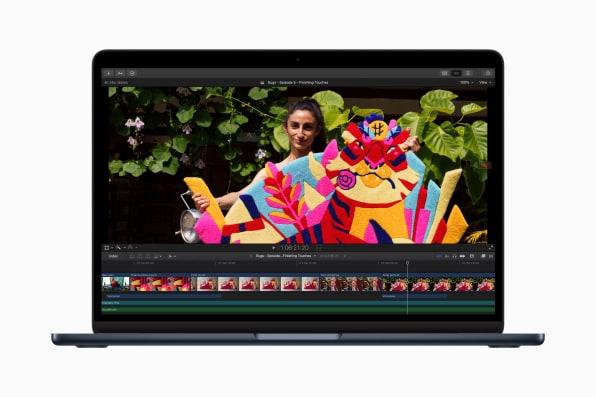
It’s been two years since Apple shipped the first MacBooks that packed a processor the company designed itself. I waited until September 2022 to ditch my old Intel-based MacBook Pro for a new MacBook Air with an M2 chip. It might be the single biggest computing upgrade I’ve ever experienced. Between its all-day battery life and silky-smooth performance, it’s a remarkably pleasant piece of technology to spend time with. Which is why, after more than a decade of using iPads as my primary computers, I’ve found myself back on the Mac in a big way.
11-inch iPad Pro (2021 version)
I may be Mac-first at the moment, but I still use an iPad every day. Apple gave the iPad Pro only a modest update in 2022, so I’m content to stick with the 11-inch iPad Pro I bought in 2021. When I bought it, I was downsizing from my previous 12.9-inch iPad Pro, and I continue to be glad that I did. The smaller Pro has enough screen real estate to keep me productive when I’m using it in Apple’s Magic Keyboard case as a mini-laptop. And for reading stuff sans keyboard case—in Safari, Apple News, the Kindle App, Adobe Acrobat, and beyond—the fact that this iPad is smaller and lighter is an even bigger plus than I expected when I bought it.
Parallels Desktop for Mac
When the first Apple Silicon Macs came out in 2020, you couldn’t run Windows on them. That’s one reason why I wasn’t in a rush to give up my Intel-based MacBook Pro. Today, Parallels lets you turn a new Mac into a virtualized Windows 11 PC, and it feels like it runs better than Microsoft’s operating ever did in virtual form on Intel Macs. Even my ancient version of QuickBooks for Windows—yes, I’m embarrassed to admit I still use it—performs like a champ on my MacBook Air M2.
Notion
I first wrote about Evernote on the day it was announced in 2004, and have been using it almost as long. But I lost confidence in the current version of the app when it ate a critical audio recording I’d made. After assessing my other note-taking options, I landed on Notion. It’s not a precise replacement for Evernote in the way I used it, mostly because it doesn’t let me record audio while typing. But it balances simplicity and depth of features in a way that few productivity apps do. I still turn to Evernote all the time to look up material I’ve stored there over the years. For new jottings, however, I’ve switched to Notion.
Gazelle CityZen T9
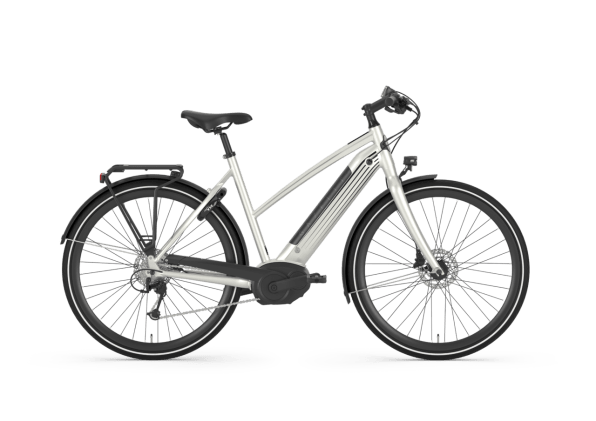
Back in April 2020, a couple of months into the COVID-19 pandemic, I splurged on a CityZen T9 e-bike from Dutch bicycle giant Gazelle. It turned out to be the most enjoyable form of recreation I’ve ever experienced, and I’ve pedaled it for a cumulative 6,000 miles around the Bay Area so far. I’ve also reviewed some nifty e-bikes from other makers, but have always been happy to come back to my Gazelle. That’s partly because it uses a Bosch motor that gives it a classic bicycle feel, yet lets me easily conquer daunting hills that other e-bikes struggle with. The CityZen T9 has since been discontinued, but I love it so much that Gazelle will be the brand I consider first if I’m ever in the market for another e-bike.
Adobe Creative Cloud Photography Plan
You can pay up to $55 a month for Adobe’s Creative Cloud suite of software for image creation, video editing, and desktop publishing. But I shell out a mere $10 per month for a version that includes Photoshop and Lightroom, which is a genuine bargain. They’re still the best-of-breed contenders in their respective categories, and Adobe delivers meaty upgrades on a regular enough basis that I’m happy to pay for the privilege of always having the current versions. You have to seek this plan out: Adobe doesn’t mention it on its main Creative Cloud plan page. The other catch is that it comes with a skimpy 20 GB of online storage. Fine by me—I prefer to save my images in Dropbox anyhow.
Channels
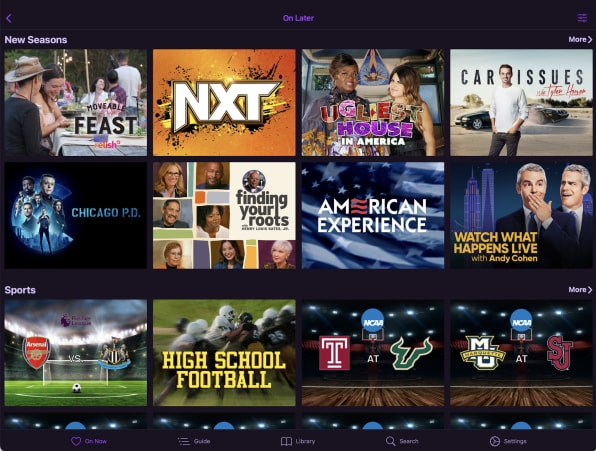
In the era of streaming TV, recording video on a DVR may be a bit of a throwback to the halcyon days of TiVo and ReplayTV. But I still like the control it gives me over my video-binging experience. And I’ve never used a better DVR than Channels, which plucks content from streaming sources and broadcast TV and weaves it all together with an interface that’s more polished and functional than TiVo ever was. Some degree of geeky patience and cash outlay is required to get Channels up and running—I run its back-end software on a network server with two ginormous hard drives—but the reward is the most personal form of TV you can get.
VinylStudio
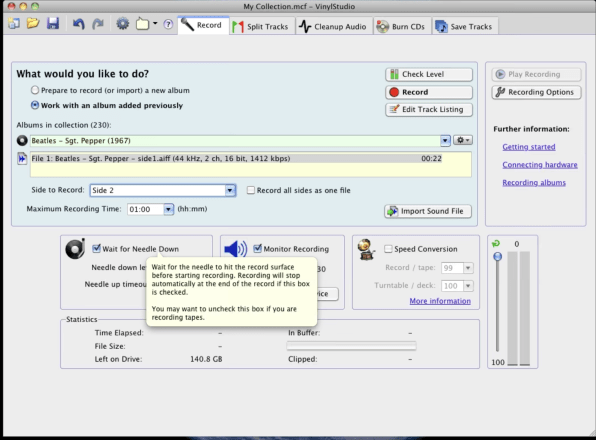
A few months ago, I bought some 1960s Smothers Brothers albums for a buck apiece. That was a costlier decision than it sounds, because I didn’t own a turntable to play them on. The Audio-Technica model I ended up purchasing offers a USB port that allows you to turn old vinyl into MP3 form, which I’ve been doing with a Mac app called VinylStudio. Along with performing the digitizing process, it steers you through chopping up your recordings into separate files, cleaning up the inevitable pops and crackles, and downloading album and track data. It’s just an excellent example of software that makes a complex process as approachable as possible, and is well worth the $30 I paid.
Canon EOS Rebel SL3
In July, I wrote about going for more than a year with an iPhone as my only camera. I did say that I wasn’t giving up stand-alone cameras forever. And recently, I bought a lightly used Canon EOS Rebel SL3. It’s impressively small and lightweight for a DSLR, runs for well over 1,000 shots on a battery charge, and has the best on-screen interface I’ve seen on a digital camera. I also bought several used lenses, including one that zooms way beyond my iPhone’s range. Compared to mirrorless cameras, the SL3 is hardly the latest and greatest: In fact, it’s been on the market for almost four years. But it’s the right choice for me when I want to use a real camera rather than a camera phone.
(22)

